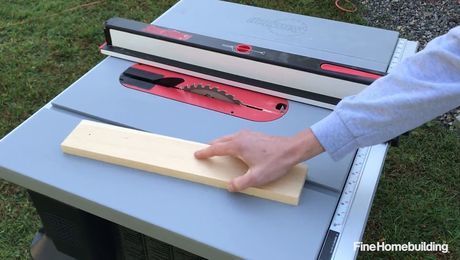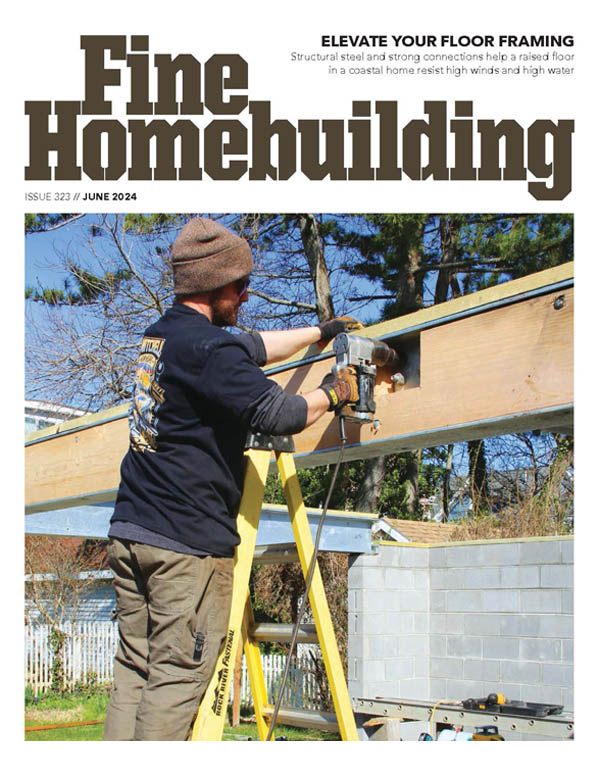On a remodle that I’m doing, the power panel is being reloacated to the exterior. Is there a whole house surge protector made that can be loacted on the exterior?
Discussion Forum
Discussion Forum
Up Next
Video Shorts
Featured Story

Learn how to fight wood-boring beetles and prevent home infestations with expert advice from Richard D. Kramer, an authority in pest control.
Featured Video
SawStop's Portable Tablesaw is Bigger and Better Than BeforeHighlights
"I have learned so much thanks to the searchable articles on the FHB website. I can confidently say that I expect to be a life-long subscriber." - M.K.

















Replies
yes
internal, external? eaton, surgelogic (square d compatible)...
We have two whole-house surge protectors. . One is a unit outside, on the meter, provided by the power company. The other is a unit installed in the breaker panel. Most breaker schemes will accept such a unit.
Yes you can do that but be sure everyone else is bonded to the same ground electrode, preferably at the same point (cable, Telco, Sat dish etc)
Satellite companies are the worst about this.
surge protecters
Is there some way to provide a readily accessable the common ground for the cable, phone and dish companies to connect too?
of course
why is your electrician not doing this?
surge protecters
This is a drawing board/design thing. I/m sure who ever the electrician is, he/she will do it. You can't expect folks to do things that are not on the plans/specs other than what is required by code etc. unless you ask/require it.
Not being an electrician, I was not aware of the bonding thing and the cable/phone co. etc. If it is something I can spec./require and it is good and a responsible thing to do, why not do it.
So again, If someone could explain to me how I can make it easy and encourage the TV/phone etc. people use the common ground, please do so. Thanks
As a general rule, there should be more than one ground rod or other "electrode", and all such ground electrodes (including those used for phone, cable TV, etc) should be "bonded" together. A copper water service entrance pipe qualifies as one "electrode", and a ground cable embedded in the foundation is even better. "Driven" ground rods are OK, but must be spaced some distance apart, and the cable to the rod must be well-protected from accidental damage.
(I believe the code chapter and verse has changed significantly on this topic over the past 30 years or so, but the basic trend has been "more is better".)
When it comes to grounds, redundancy is a good thing.
Get an intersystem grounding bus. In fact it is in the electrical code now.
This is an example but several companies make them.
http://www.erico.com/category.asp?category=R2431
surge protecters
Many thanks Greg.